Hands-on experience #6 from business projects: 8 step guide to find the failure in any process with the Halving Principle



8 step guide to find the failure in any process: The Halving Principle
Back in 1997-2000 when studying electronic engineering, I learn about the halving principle which was/is used to locate failures in electronic circuits.
This approach/principle has later shown to be very useful when running projects and analyzing business/processes.
But it is also very useful for commercial processes, digital funnels, screening processes, investments and much more because everything you do are work, is or can be seen as a process
Overall the idea is quite simple; Map the process · split in 50/50 · repeat.
The great indirect thing is, that the principle will force you to map the end2end process/workflow which immediately will give you a better understanding.
The halving principle in 8 simple steps
1: Map the process

2: Split in two 50/50% and measure
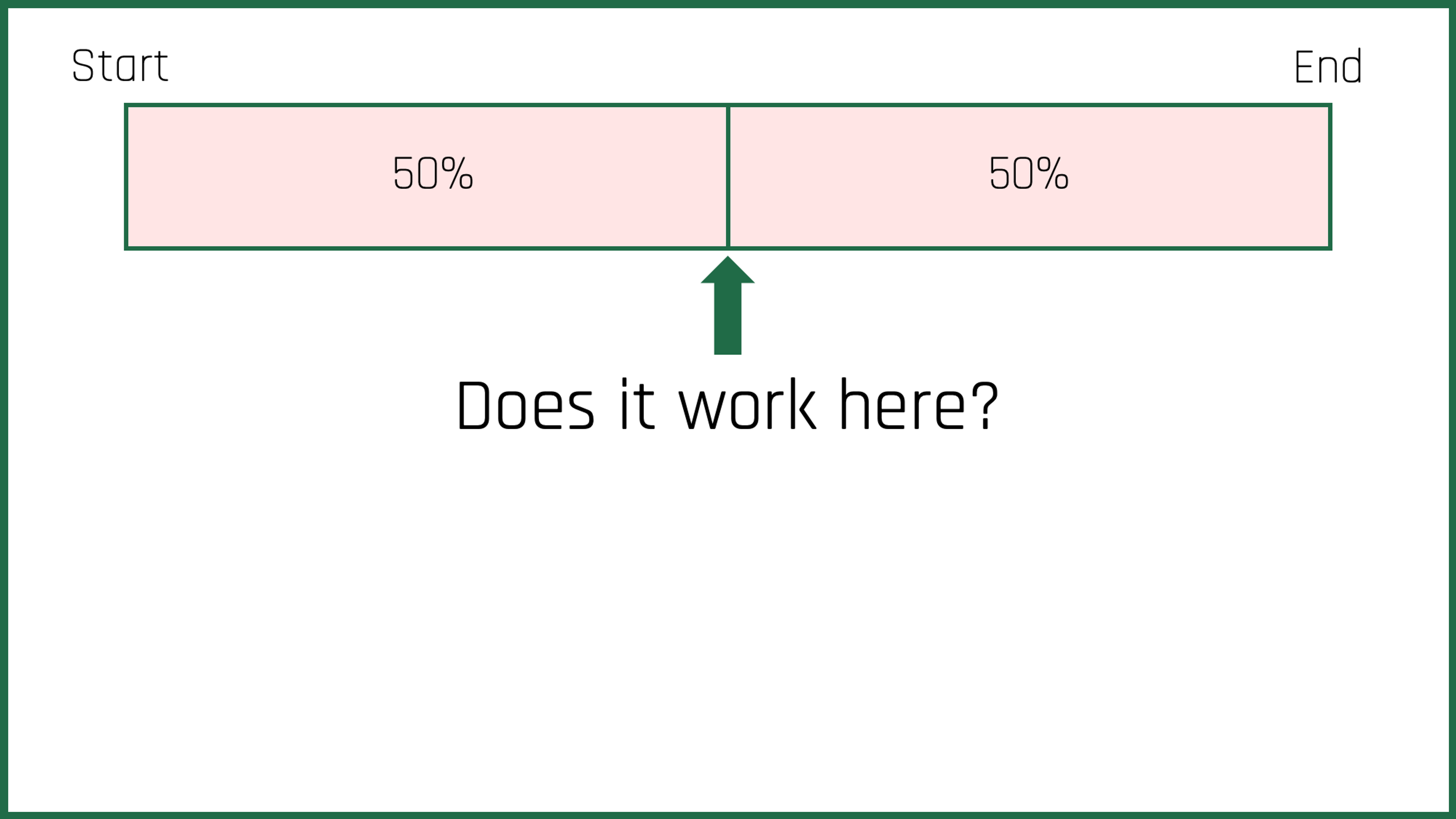
3: Document

4: Understanding of root cause
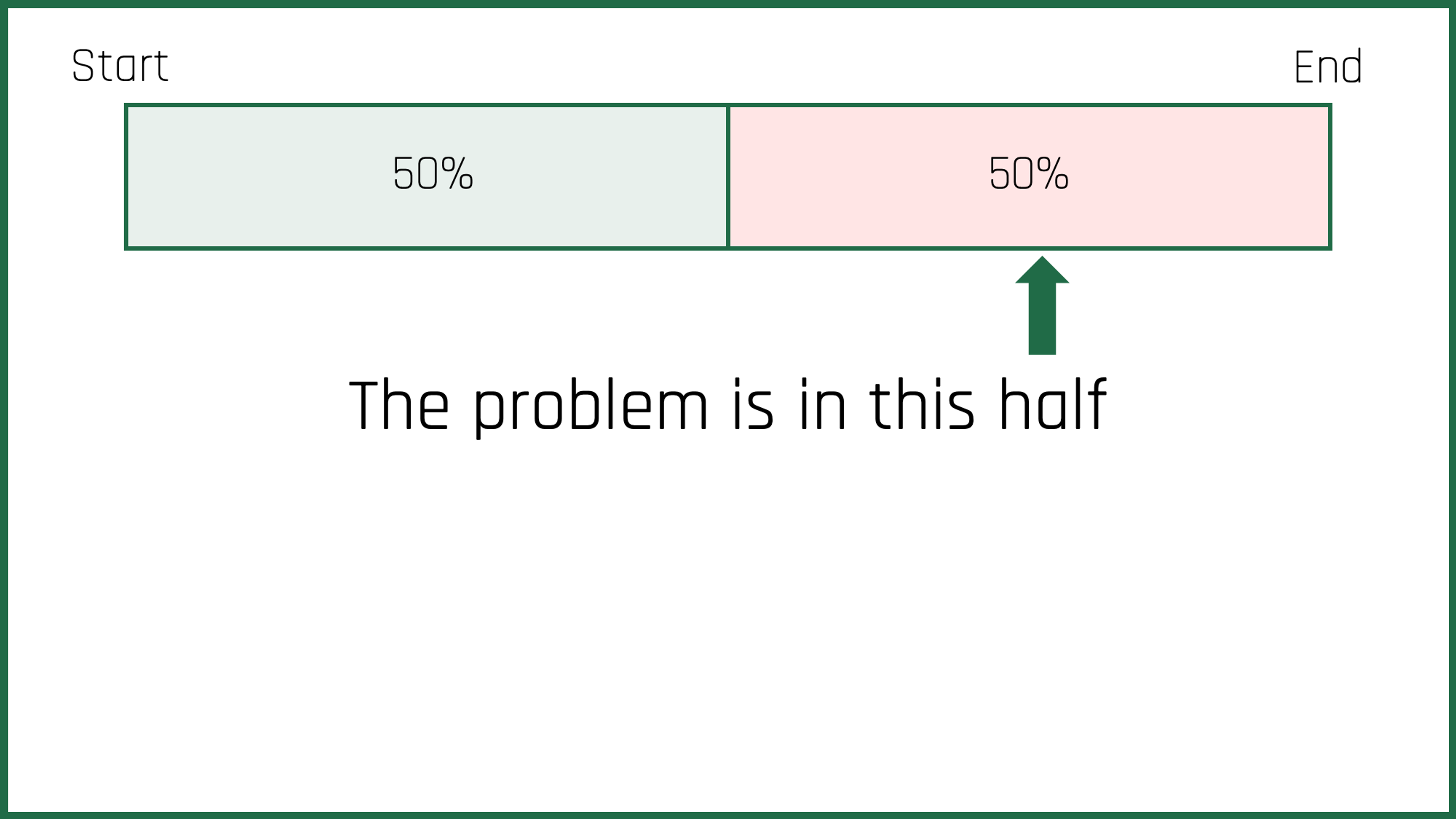
5: Split in two 50/50% and measure
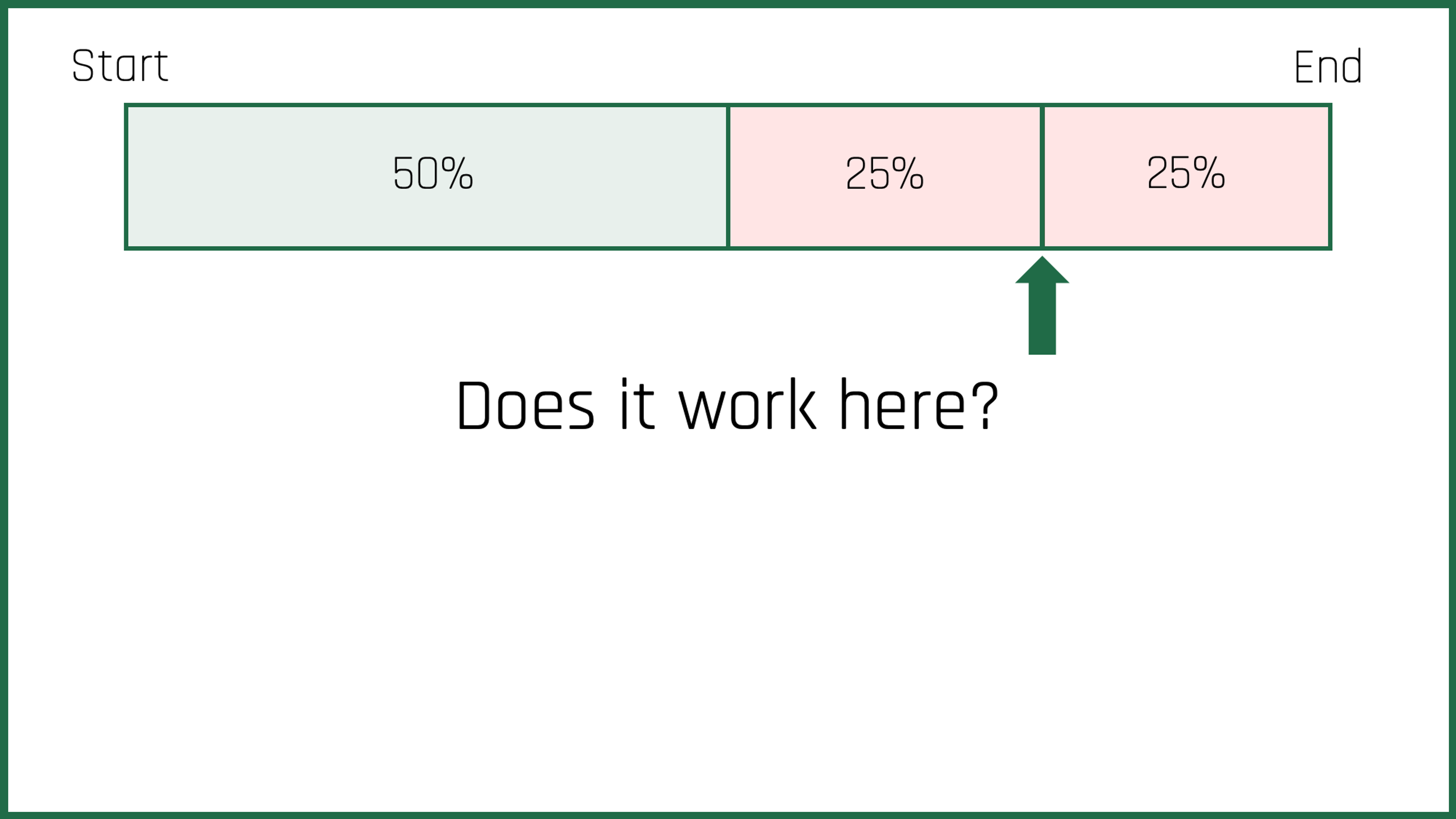
6: Document

7: Understanding of root cause
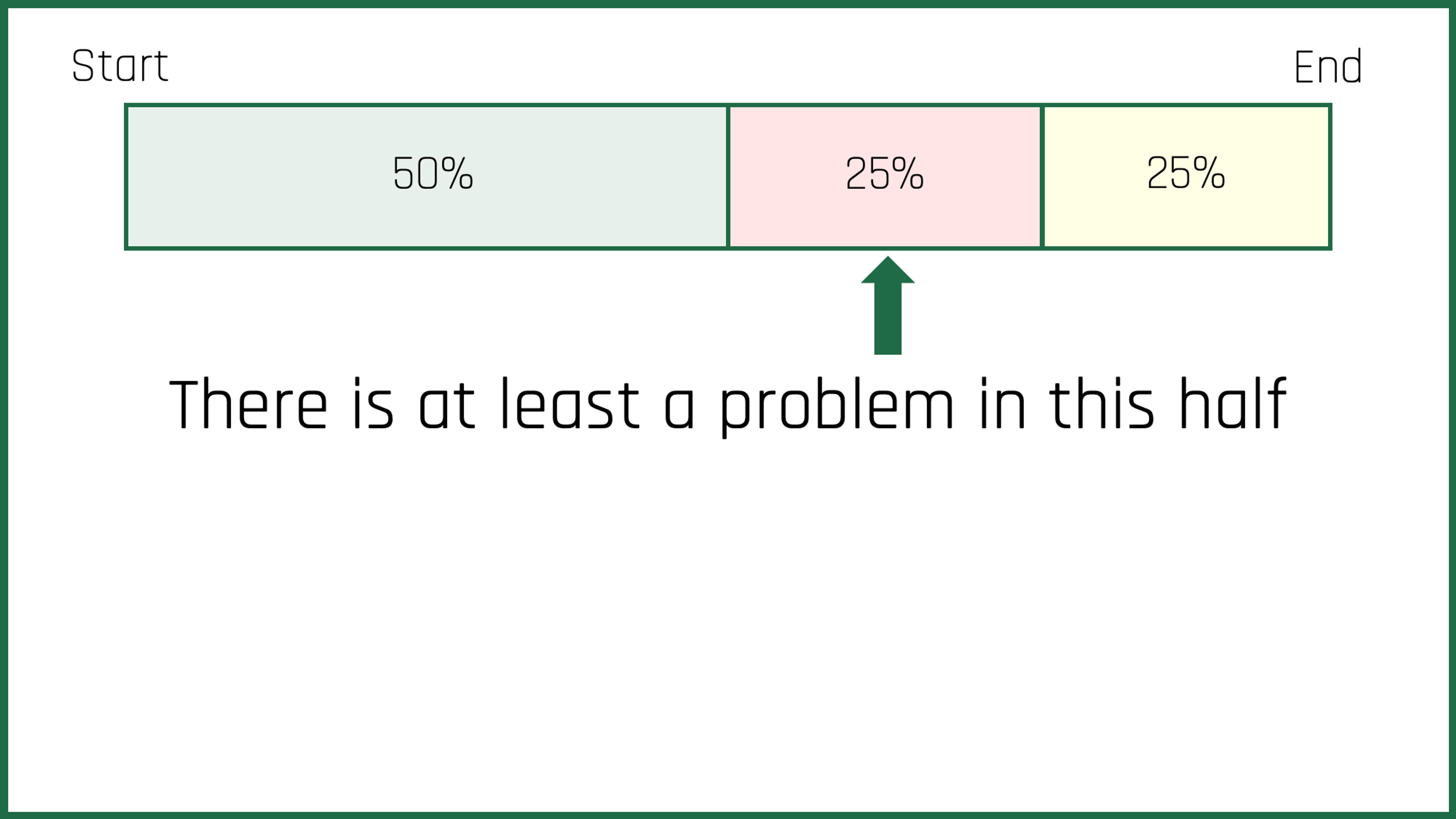
8: Repeat
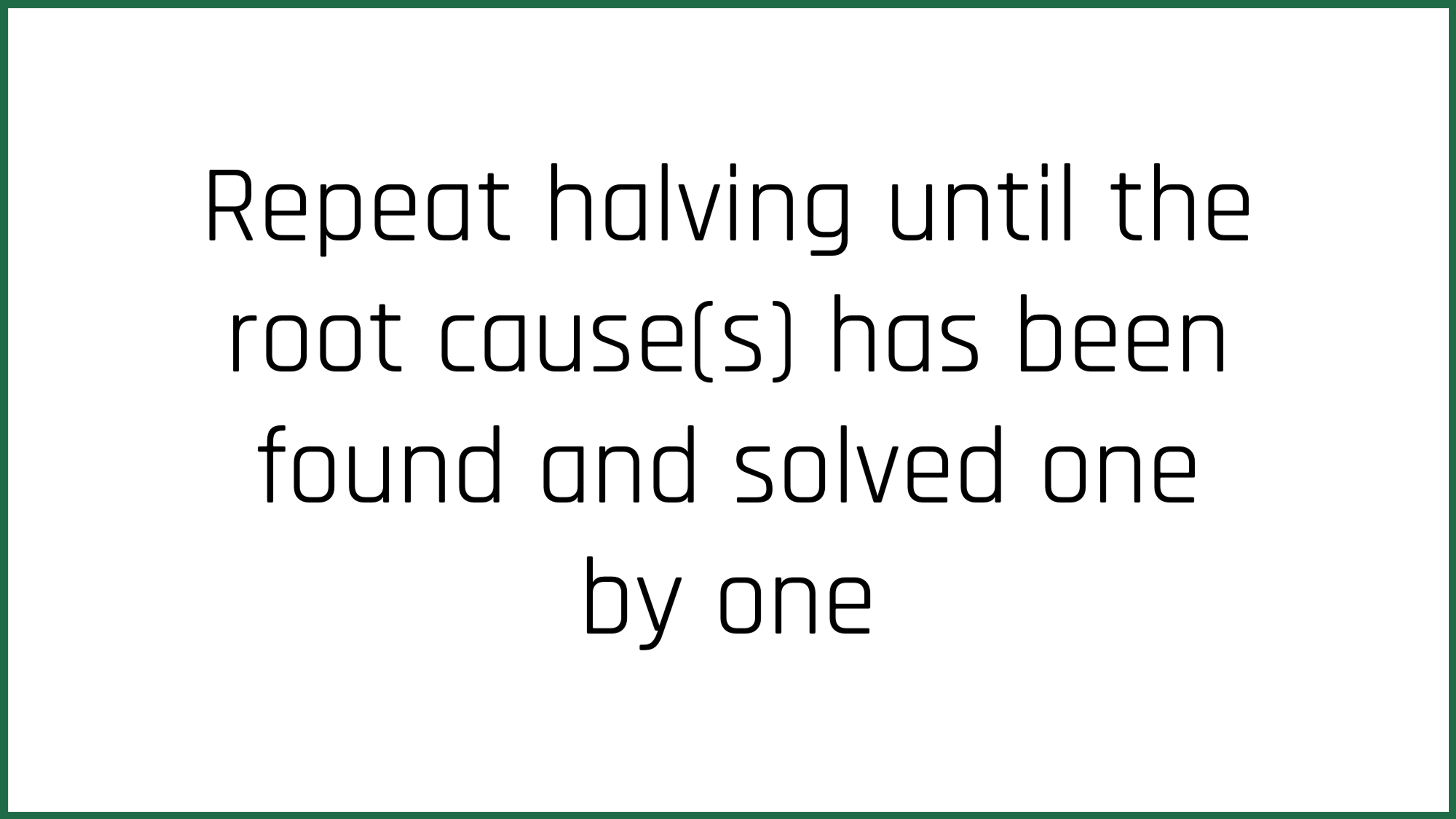
____________________
Did this resource provide an answer or solution to your specific project/problem/situation?
If not, then describe the question here and receive an answer within 2-3 business days based on 15 years of hands-on experience
